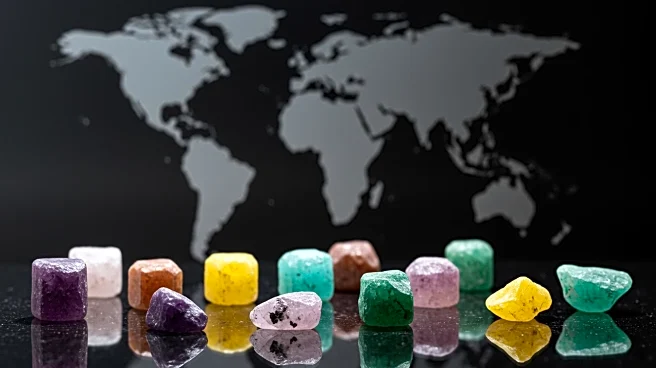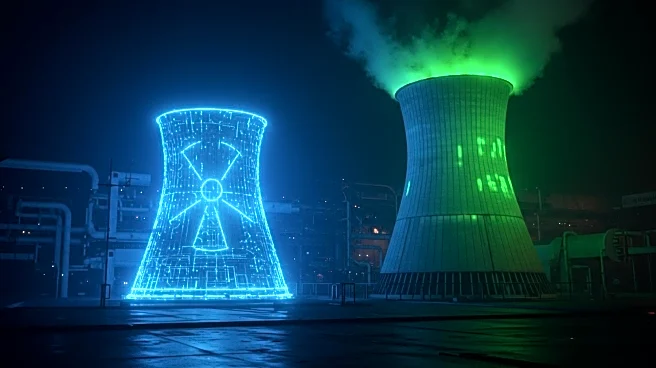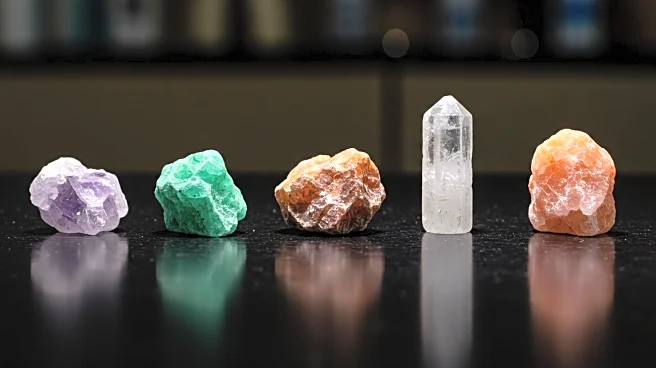What is the story about?
What's Happening?
India is intensifying its efforts to secure a stable supply chain for rare earth minerals, crucial for the expansion of clean energy and electric mobility. A report by Primus Partners, titled 'From Extraction to Innovation,' outlines a comprehensive plan to achieve self-reliance in rare earth magnets under the government's Viksit Bharat vision. The report suggests five key policy measures, including long-term price assurance for NdPr oxide and NdFeB magnets, structured offtake agreements, and the establishment of pilot hubs in mineral-rich states. It also recommends boosting monazite mining, refining rare earth oxides, and expanding NdPr production through Indian Rare Earth Limited (IREL). Additionally, a National Rare Earth Innovation Hub is proposed to link industry and academia, fostering global technology transfer. The Union Budget 2024-25 has already provided policy momentum by reducing customs duties on critical minerals and rare earths, aiming to lower input costs and enhance export competitiveness.
Why It's Important?
The push for rare earth self-reliance is significant as India seeks to reduce its dependency on China, which currently dominates the global market, producing 85-95% of rare-earth magnets. China's export restrictions have led to global supply disruptions, impacting industries reliant on these materials. India's imports of rare earths have increased, highlighting the need for domestic production capabilities. The development of a robust rare earth supply chain is crucial for India's electric mobility sector, with a target of 30% electric vehicle penetration by 2030 and net-zero emissions by 2070. Rare earth magnets are essential for renewable energy, defense, electronics, and industrial automation, making this initiative vital for India's technological and economic growth.
What's Next?
India is actively developing domestic sources of rare earth minerals in regions such as Jammu and Kashmir, Rajasthan, Jharkhand, and Karnataka. The country is also forging partnerships with mineral-rich nations to secure supply. IREL has recently commissioned a Rare Earth Permanent Magnet facility in Visakhapatnam, enhancing India's manufacturing capabilities. As demand for NdFeB magnets is projected to rise to 7,154 tonnes by 2030, India must continue to scale up production and innovation to meet its ambitious targets for electric vehicle penetration and renewable energy expansion.
Beyond the Headlines
The strategic move towards rare earth self-reliance not only addresses supply chain vulnerabilities but also positions India as a potential leader in the global rare earth market. This initiative could lead to long-term shifts in global trade dynamics, reducing reliance on Chinese exports and fostering technological advancements within India. The ethical and environmental implications of increased mining and production must be carefully managed to ensure sustainable development.
AI Generated Content
Do you find this article useful?













